V-STORY
Our ancestors’ veggie menus

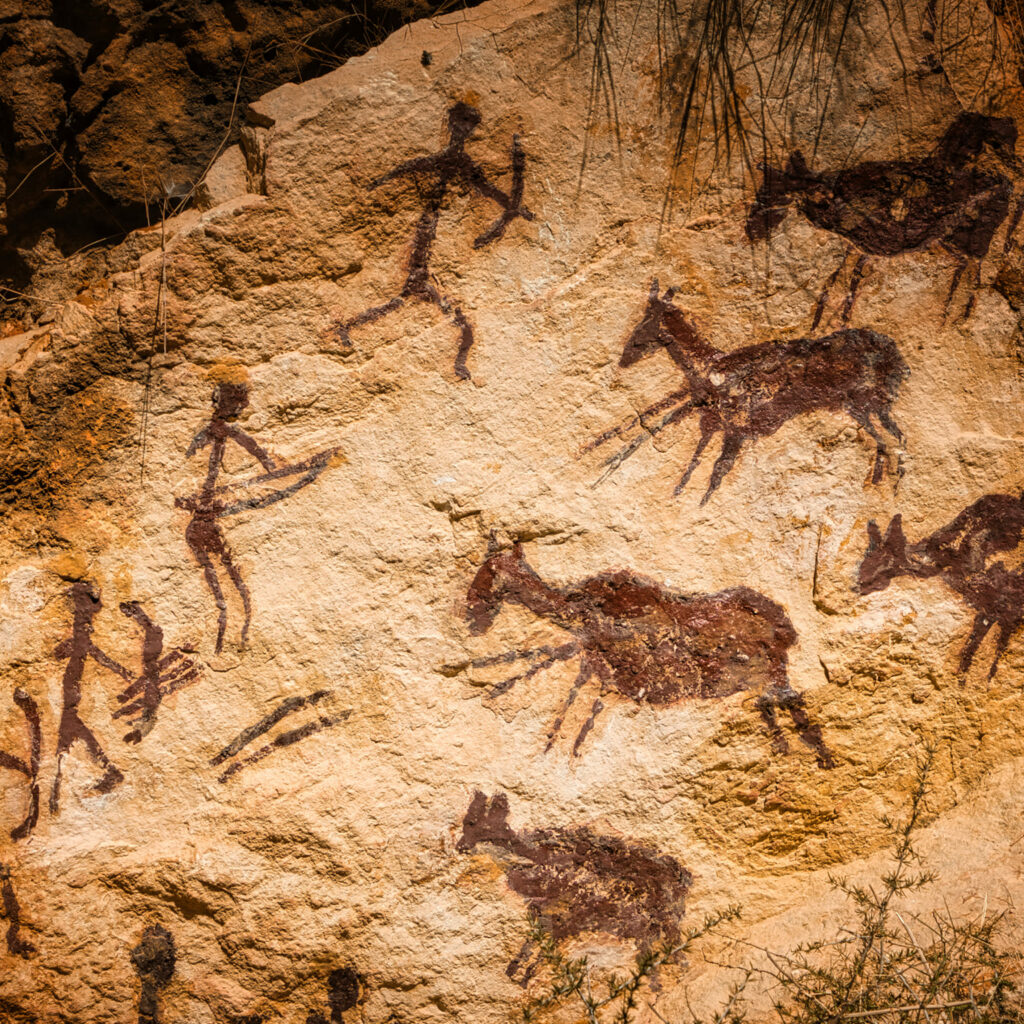
What did the diets of Stone Age humans look like? Were they carnivores or vegans?
The most recent research findings have shown the widespread assumption that our early ancestors were primarily meat eaters to be wrong, or at least very questionable.
Eat like a Neanderthal: nowadays, the term “paleo diet” (stone age diet) is often used to mean a very meat-heavy diet. Now, however, various researchers are painting a totally different picture of what Neanderthals and early homo sapiens ate. The findings of various pieces of research into nutrition in the Stone Age provide a very interesting – and often surprising – picture. It appears that a very wide range of plants were indeed on the menu – either exclusively, or at least much more frequently than had previously been assumed.
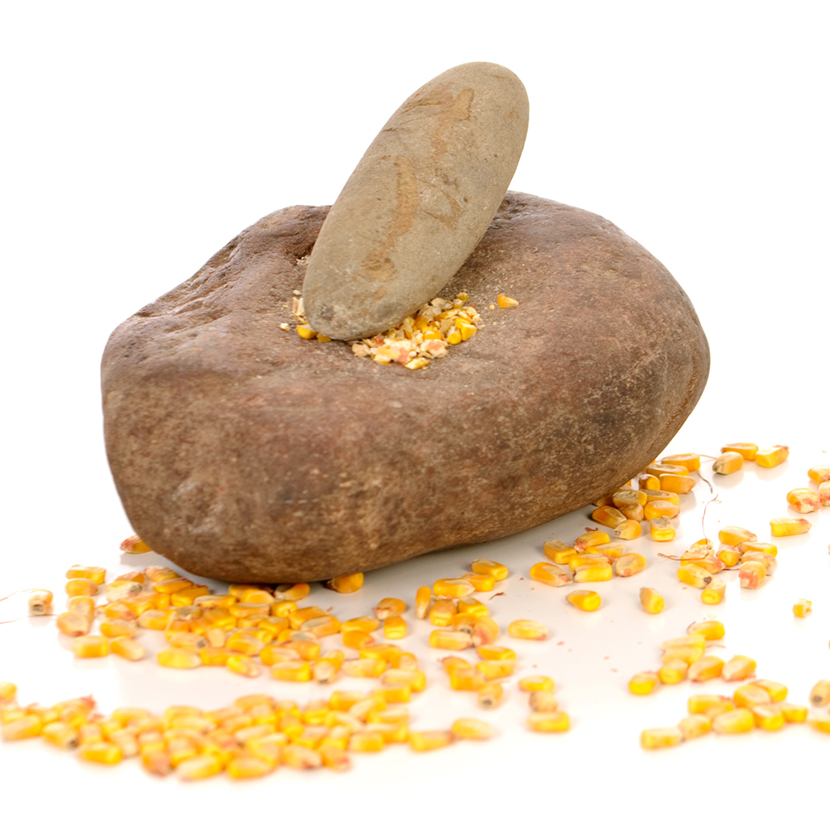


Vegan cooking in Stone Age caves
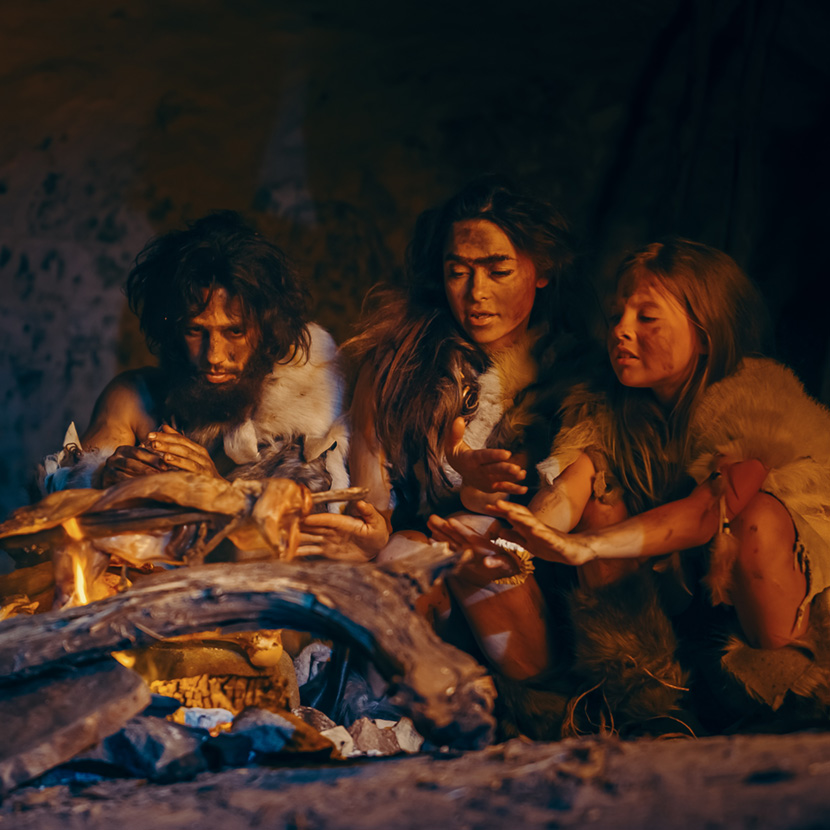
A team of researchers led by Ceren Kabukcu1 at the University of Liverpool analyzed samples of plant-based food remains from Iraq and Greece, of which some were up to 75,000 years old, and others around 12,000 years old. In an article in the journal “Antiquity”2, the researchers write that these specimens are the oldest evidence of their kind which indicate that meals were being prepared in Southwest Asia and Europe. According to the researchers, the specimens are the first real indications that complex cookery was happening, thus indicating that Neanderthals and early modern humans had a culture of food – long before the agricultural age.
With the help of various microscopic examination procedures and techniques, the researchers analyzed the remains of carbonized plant-based foods of the hunter-gatherers. These investigations shed light on the foods used and the ways in which they were prepared. Indeed, the researchers consider the preparation of plant seeds by soaking, mashing, seasoning and heating as the start of cookery.
12,000-year-old cookery techniques
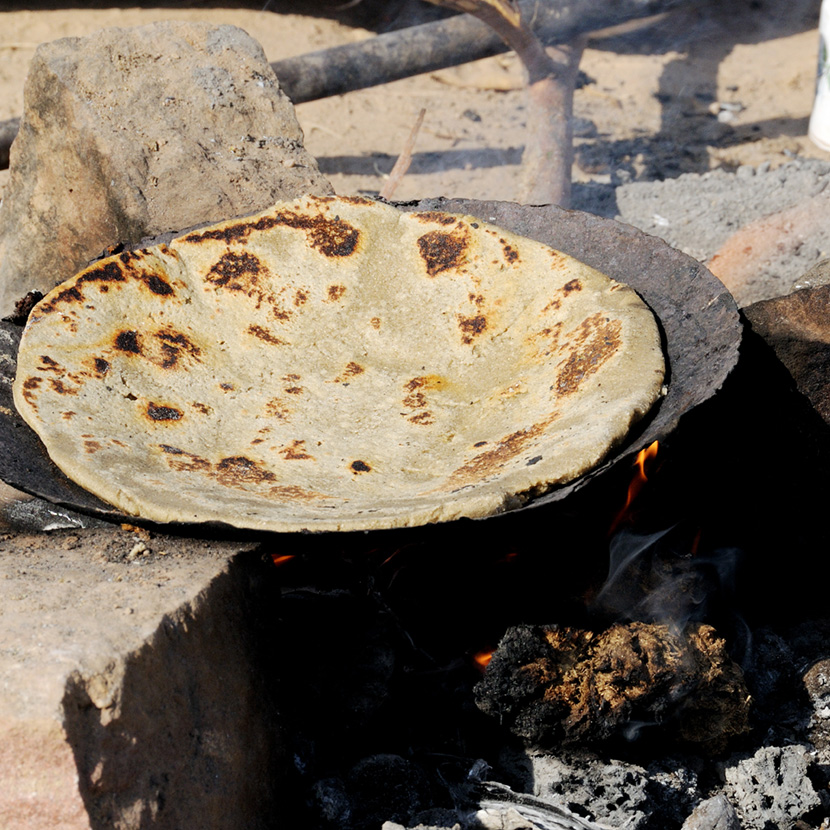
Specimens from the Franchthi Cave in Greece shed light on the early culinary skills of homo sapiens 12,000 years ago. Carbonized seeds were found, and even food remains which are reminiscent of a type of flatbread. According to the researchers, the seed coats of seeds found were typical of vetches, lentils and other pulses. Some of these pulses contain parts with bitter-tasting compounds which can only be enjoyed if they are processed before consumption. Smooth edges and other structures in the seed remains led the researchers to the conclusion that the early humans had mashed, ground or soaked them. It appears that sometimes, fresh seeds with a high moisture content were also used. The researchers emphasize that the specimens from Franchthi are the oldest plant remains of their kind in Europe.
In the Shanidar Cave in the north of Iraq, in Iraqi Kurdistan, on the other hand, the researchers found indications of the preparation of various types of peas. Homo sapiens was probably also processing wild mustard and pistachios here as long as 35,000 to 42,000 years ago. The researchers came to this conclusion by looking at food remains which had been ground up and blended together.
Neanderthals’ advanced methods for preparing their food
In the same cave, Neanderthals had been preparing grasses and fruits as early as 70-75,000 years ago. Scientists had already been able to analyze dental calculus to demonstrate that Neanderthals in the Shanidar Cave had a very varied diet, and were already heating wild cereals, for example. The details have now been provided by the findings of the researchers at the University of Liverpool.
Whether it was in the caves in Greece or Iraq, soaking and heating wild plants and processing them by mashing or roughly grinding reduced the levels of bitter-tasting compounds in the seed coats, which meant that they tasted better and were easier to digest.
The seed coats were not removed entirely, however. According to the researchers, the early humans retained a small proportion of tannins and alkaloids intentionally. Ceren Kabukcu views this as the beginning of certain culinary cultures, in which aromas took on significance very early. After all, nowadays, many people love eating wholegrains in bread or muesli.
So, homo sapiens and Neanderthals were able to prepare food early on. And it’s probable that hunter-gatherers had certain creative ways of cooking. Even if one can only speculate about how the food was heated without saucepans or other cooking utensils – they certainly deserve our respect for this.
Nowadays, cooking dishes on hot stones has come back into fashion. So the next time you go to a lava stone restaurant or tuck into a stone-baked pizza, why not raise a glass to our ancestors?!
If our ancestors’ teeth could speak

Even before the Neolithic Revolution (the first time that humans engaged in arable and livestock farming, became sedentary and started storing supplies), so roughly at the beginning of life as we know it, our ancestors were capable of more than we had previously thought – even a few years ago. And yet, as can also be proven scientifically, not everything was alright.
In addition to the analyses of the plant-based food remains, it was above all the analysis of dental calculus mentioned above which brought many new discoveries to light. Some years ago, researchers from the University of Adelaide had already used this to find out that some Neanderthals were vegetarian. Laura Weyrich says: “We looked at Neanderthal fossils and were indeed able to recognize what they used to eat. We were also able to work out which region they lived in, how healthy they were or which illnesses they suffered from.”
The microbiologist from Adelaide examined various Neanderthal teeth. The teeth are from different regions such as Spain, Belgium and Italy. Using DNA sequences, she was able to roughly define the diets and differentiate them according to region. The food remains found on the teeth from more northerly regions contained many remains of mouflons (wild sheep) and woolly rhinoceroses. It’s therefore clear that in those regions, there was a lot of meat on the menu. The analyses from the Sidrón Cave in Spain, that is to say from much further south, showed that the researchers were definitely not dealing with meat eaters here.
The fact that moss, pine nuts, mushrooms and tree bark were found can be explained by the fact that at the time, the area around the cave mainly consisted of forested areas. This means that the paleo diet in Spain didn’t include any meat. Perhaps it was a predecessor of today’s pegan trend?
There were also the beginnings of medical care. Salicylic acid from tree bark was found too, for example. This natural painkiller is still known today, and served as a model for modern pharmacy. Even traces of natural antibiotics were found, such as the mould penicillin. So, it turns out that the “club-toting savages” knew more about nature than we had expected.
A new idea of what the Stone Age was like
Neanderthals and early modern humans already consciously understood how they could use the resources from their environment. Their social competence was more pronounced than was thought for a long time, as was the way in which they lived together. Our idea of what the Stone Age was like has therefore changed significantly, and new findings mean that it will continue to do so.
At any rate, we have come a long way from Stone Age cooking to today’s TV cookery programs and stylish social media food channels. Perhaps we can take away something for ourselves from this long history. Maybe we can see our ancestors as trend setters for what we now call a pegan diet. If it was possible to eat a plant-based diet in the Stone Age, then it really shouldn’t be a problem to do so today. That’s what we believe here at velivery.

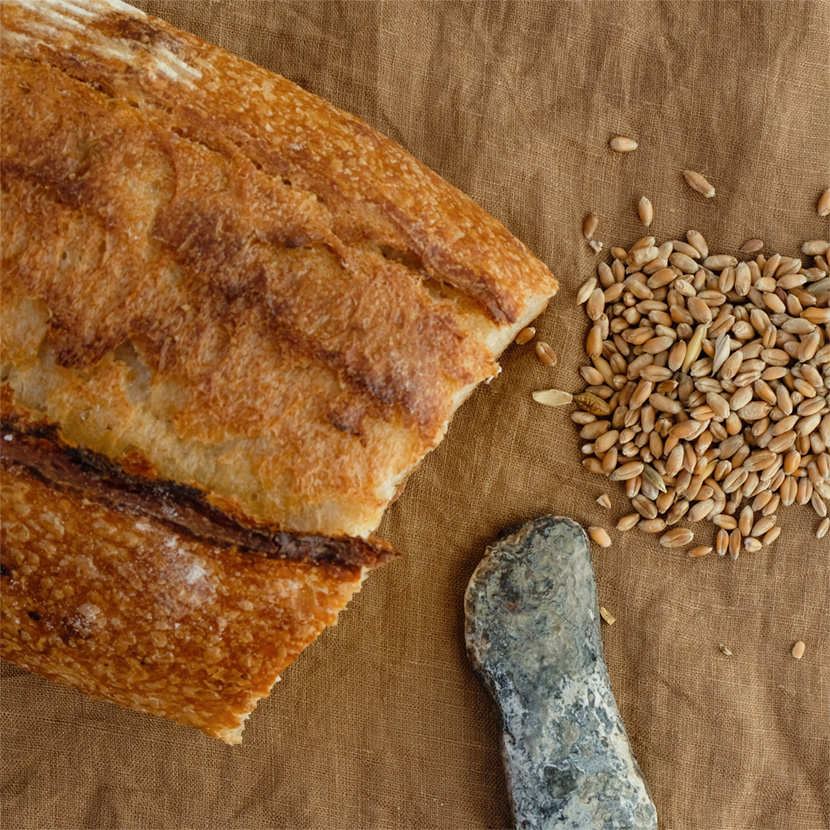


1) https://www.liverpool.ac.uk/archaeology-classics-and-egyptology/staff/ceren-kabukcu/
2)https://www.cambridge.org/core/journals/antiquity/article/cooking-in-caves-palaeolithic-carbonised-plant-food-remains-from-franchthi-and-shanidar/0CB510C9E528CD7AD923469D78E14E42














